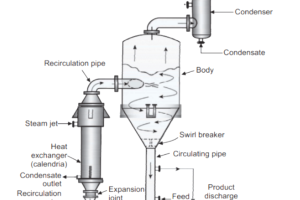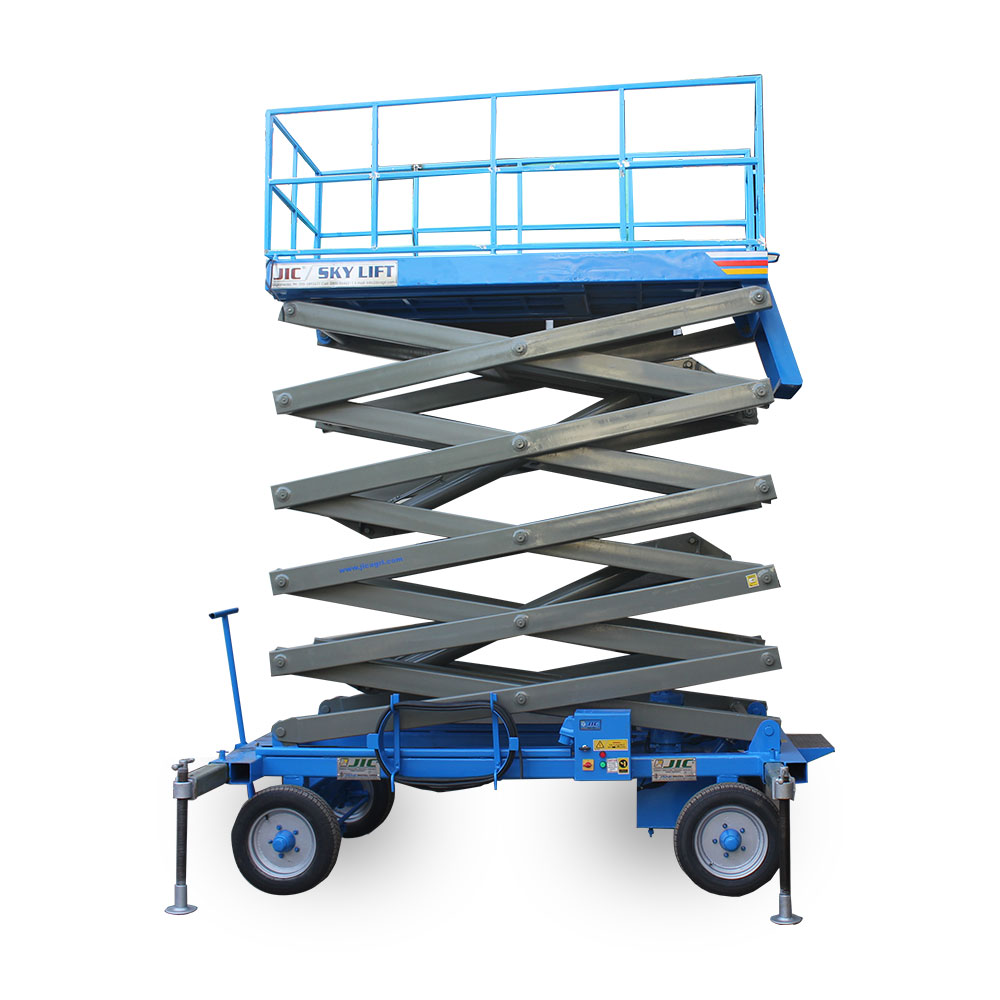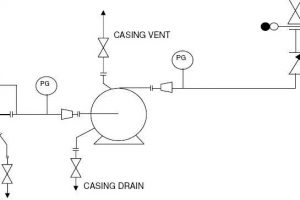In small, low pressure boilers, steam-water separation can be established with the use of a large steam drum approximately half full of water. Natural gravity steam-water separation can be sufficient for this case.
On the other hand, for high capacity, high pressure (HP) boilers, steam-water separation at the steam drum is accomplished with the use of mechanical steam-water separators. With the installation of these devices in the steam drum, the drum's diameter and cost can be significantly decreased.
Applications for steam drums
Steam drums generally serve to:
- mix the feedwater with the saturated water remaining after steam separation,
- mix the corrosion control and water treatment chemicals, if any,
- ''clean'' the produced steam by removing contaminants and moisture,
- remove part of the initial ''dirty'' water (blowdown) in order to achieve required steam purity,
- provide limited buffer water storage (for a number of minutes) in order to accommodate abrupt changes in boiler load.
However, primary function of steam drums is to effectively separate steam from water. This can be attained by providing a large steam-water surface for natural gravity-driven separation.
High efficiency separation is very important in order to:
- prevent water droplet carryover into the superheater, where serious thermal damage can occur.
- prevent the carryover of solids entrained in water droplets into the superheater and turbine blading, where deposits may form, which are difficult to remove. These deposits end up reducing turbine efficiency and causing superheater tube temperature increases, distortion or even burnout.
Steam-water separators details
Steam-water separation typically takes place in two stages: primary stage and secondary stage.
Primary steam-water separation
Primary steam-water separation removes nearly all the steam from the water so that very little steam is recirculated from the drum bottom towards the heated tubes through the outlet connection (downcomer).
Primary separation equipment generally takes one of the following three forms:
- gravity-driven separation: it is generally considered uneconomical and its use nowadays is very limited,
- baffle-assisted separation: simple screens and baffle arrangements are used for improving the steam-water separation process. Baffles provide among others changes in the direction, more even distribution of the steam-water mixture as well as additional flow resistance. Their use is mostly limited to smaller, low capacity boilers.
- mechanical primary separators: they make use of centrifugal force or radial acceletation. They are nowadays in use almost worldwide for state of the art steam-water separators. Conical cyclone, horizontal cyclone, vertical cyclone separators are some of the technologies used.
Steam leaving the primary separators typically still contains too much liquid in the form of droplets containing contaminants. Therefore, the secondary separation stage is also needed.
Secondary steam-water separation
At secondary separation stage, steam is passed through a secondary stage of separators or scrubber elements (usually closely spaced corrugated parallel plates) for final water droplet removal. Steam is then exhausted through various ports.
Effective steam-water separation depends on various design and operating factors.
Among others, these factors include the following:
- pressure,
- drum length, diameter as well as arrangement of drum connections,
- steam generation flow,
- average inlet steam quality,
- type and arrangement of mechanical separators,
- chemical analysis of boiler water and
- water level.





